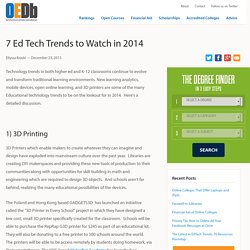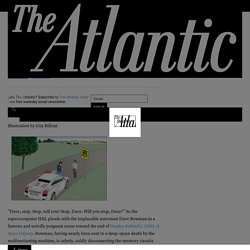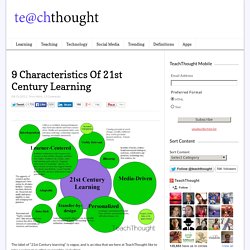

Top 10 emerging technologies for 2014. Technology has become perhaps the greatest agent of change in the modern world.

While never without risk, positive technological breakthroughs promise innovative solutions to the most pressing global challenges of our time, from resource scarcity to global environmental change. However, a lack of appropriate investment, outdated regulatory frameworks and gaps in public understanding prevent many promising technologies from achieving their potential. The World Economic Forum’s Global Agenda Council on Emerging Technologies identifies recent key trends in technological change in its annual list of Top 10 Emerging Technologies. By highlighting the most important technological breakthroughs, the Council aims to raise awareness of their potential and contribute to closing gaps in investment, regulation and public understanding. For 2014, the Council identified ten new technologies that could reshape our society in the future. The 2014 list is: Body-adapted Wearable Electronics. 7 Ed Tech Trends to Watch in 2014. Technology trends in both higher ed and K-12 classrooms continue to evolve and transform traditional learning environments.

New learning analytics, mobile devices, open online learning, and 3D printers are some of the many Educational technology trends to be on the lookout for in 2014. Here’s a detailed discussion. 1) 3D Printing 3D Printers which enable makers to create whatever they can imagine and design have exploded into mainstream culture over the past year. Libraries are creating DIY makerspaces and providing these new tools of production to their communities along with opportunities for skill-building in math and engineering which are required to design 3D objects. The Poland and Hong Kong based GADGETS3D has launched an initiative called the “3D Printer in Every School” project in which they have designed a low cost, small 3D printer specifically created for the classroom. Click for full infographic 2) MOOCs Click for full infographic 3) Big Data Click for full infographic. Go-Lab Project Smart Show. Virtual and remote labs. Is Google Making Us Stupid? Illustration by Guy Billout "Dave, stop.

Stop, will you? Stop, Dave. Will you stop, Dave?” So the supercomputer HAL pleads with the implacable astronaut Dave Bowman in a famous and weirdly poignant scene toward the end of Stanley Kubrick’s 2001: A Space Odyssey. I can feel it, too. I think I know what’s going on. For me, as for others, the Net is becoming a universal medium, the conduit for most of the information that flows through my eyes and ears and into my mind. I’m not the only one. Bruce Friedman, who blogs regularly about the use of computers in medicine, also has described how the Internet has altered his mental habits.
Anecdotes alone don’t prove much. It is clear that users are not reading online in the traditional sense; indeed there are signs that new forms of “reading” are emerging as users “power browse” horizontally through titles, contents pages and abstracts going for quick wins. Reading, explains Wolf, is not an instinctive skill for human beings. Also see: 9 Characteristics Of 21st Century Learning. The label of “21st Century learning” is vague, and is an idea that we here at TeachThought like to take a swing at as often as possible, including: –weighing the magic of technology with its incredible cost and complexity –underscoring the potential for well thought-out instructional design –considering the considerable potential of social media platforms against its apparent divergence from academic learning Some educators seek out the ideal of a 21st century learning environment constantly, while others prefer that we lose the phrase altogether, insisting that learning hasn’t changed, and good learning looks the same whether it’s the 12th or 21st century.

At TeachThought, we tend towards the tech-infused model, but do spend time exploring the limits and challenges of technology, the impact of rapid technology change, and carefully considering important questions before diving in head-first. The size of the circles on the map are intended to convey priority. 1. 2. 3. 4. 5. 6. 7. 8. 9. The Inside-Out School: A 21st Century Learning Model. The Inside-Out School: A 21st Century Learning Model by Terry Heick As a follow-up to our 9 Characteristics of 21st Century Learning we developed in 2009, we have developed an updated framework, The Inside-Out Learning Model.

The goal of the model is simple enough–not pure academic proficiency, but instead authentic self-knowledge, diverse local and global interdependence, adaptive critical thinking, and adaptive media literacy. By design this model emphasizes the role of play, diverse digital and physical media, and a designed interdependence between communities and schools. AR week 3.